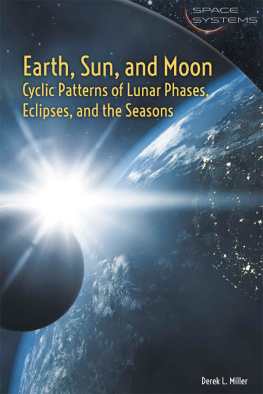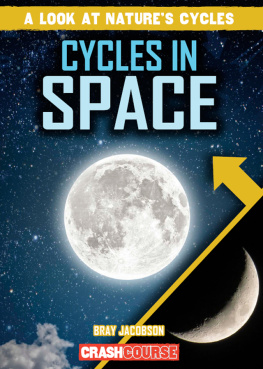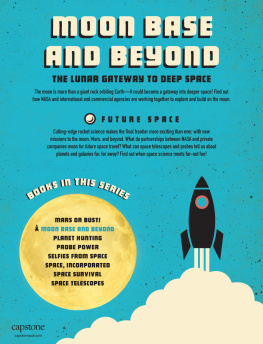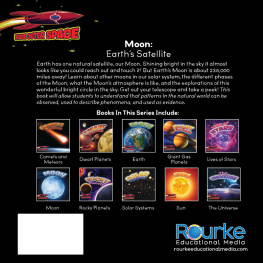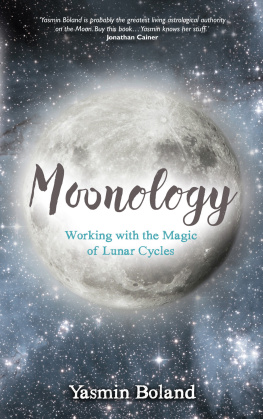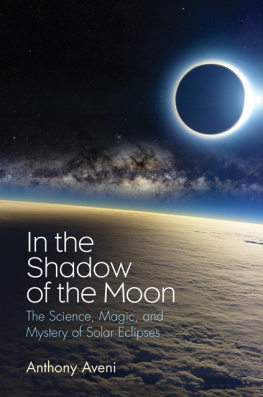Published in 2017 by Cavendish Square Publishing, LLC
243 5th Avenue, Suite 136, New York, NY 10016
Copyright 2017 by Cavendish Square Publishing, LLC
First Edition
No part of this publication may be reproduced, stored in a retrieval system, or transmitted in any form or by any meanselectronic, mechanical, photocopying, recording, or otherwisewithout the prior permission of the copyright owner. Request for permission should be addressed to Permissions, Cavendish Square Publishing, 243 5th Avenue, Suite 136, New York, NY 10016. Tel (877) 980-4450; fax (877) 980-4454.
Website: cavendishsq.com
This publication represents the opinions and views of the author based on his or her personal experience, knowledge, and research. The information in this book serves as a general guide only. The author and publisher have used their best efforts in preparing this book and disclaim liability rising directly or indirectly from the use and application of this book.
CPSIA Compliance Information: Batch #CW17CSQ
All websites were available and accurate when this book was sent to press.
Library of Congress Cataloging-in-Publication Data
Names: Miller, Derek L., author.
Title: Earth, Sun, and Moon : cyclic patterns of lunar phases, eclipses, and the seasons / Derek Miller.
Description: New York : Cavendish Square Publishing, [2017] | Series: Space systems | Includes bibliographical references and index.
Identifiers: LCCN 2016030323 (print) | LCCN 2016036858 (ebook) |
ISBN 9781502622914 (library bound) | ISBN 9781502622921 (E-book)
Subjects: LCSH: Astronomy--Mathematics--Juvenile literature. | Eclipses--Juvenile literature. | Seasons--Juvenile literature. | Moon--Phases--Juvenile literature. | Earth (Planet)--Orbit--Juvenile literature. Classification: LCC QB51.3.M38 M55 2017 (print) | LCC QB51.3.M38 (ebook) | DDC 523--dc23
LC record available at https://lccn.loc.gov/2016030323
Editorial Director: David McNamara
Editor: Caitlyn Miller
Copy Editor: Rebecca Rohan
Associate Art Director: Amy Greenan
Designer: Alan Sliwinski
Production Coordinator: Karol Szymczuk
Photo Research: J8 Media
The photographs in this book are used by permission and through the courtesy of: Cover Markus Gann/Shutterstock.com; p. 4 Luc Viatour/www.lucnix.be/File:Solar eclipse 1999 4.jpg/Wikimedia Commons; p. 10 DonHitchcock/ donsmaps.com; p. 15 Loon, J. van (Johannes)/File:Cellarius ptolemaic system c2.jpg/Wikimedia Commons; p. 17 NASA/File:Earth precession.svg/Wikimedia Commons; p. 19 Radoslaw Ziomber/File:Total lunar eclipse 2015.09.28 4-15 Rabka-Zdroj.jpg/Wikimedia Commons; p. 21 Dito/ullstein bild/Getty Images; p. 26 Castleski.Shutterstock.com; p. 28 Georgios Kollidas/Shutterstock.com; p. 32 Tauolunga/Public Domain/File:North season.jpg/Wikimedia Commons; p. 36 Archive Photos/Getty Images; p. 43 Gpalmeric/File:Annular Eclipse, Nevada City, CA - May 2012. jpg/Wikimedia Commons; p. 46 Rvalette/File:Pythas.jpg/Wikimedia Commons; p. 48 Photo Researchers, Inc/ Alamy Stock Photo; p. 54 Stefano Bianchetti/Corbis/Getty Images; p. 62 DEA/G. DAGLI ORTI/Getty Images; p. 66 File:Albert Einstein 1921 by F Schmutzer.jpg/Wikimedia Commons; p. 70 Shooarts/Shutterstock.com; p. 73 Falkenstein/Bildagenturonline Historical Collection/Alamy Stock Photo; p. 76 Tewy/File:Tide table 01.jpg/Wikimedia Commons; p. 80 ESA/Hubble & NASA/File:UZC J224030.2+032131.jpg/Wikimedia Commons; p. 82 Tomruen/ File:Lunar eclipse from moon simulation-sep 28 2015.png/Wikimedia Commons; p. 84 John R. Foster/Science Source; p. 89 Jeffrey T. Kreulen/Shutterstock.com; p. 91 Corbac40/Shutterstock.com; p. 96 NASA/JPL-Caltech/T. Pyle (SSC)/ File:Massive Smash-Up at Vega.jpg/Wikimedia Commons; p. 100 NASA http://visibleearth.nasa.gov/Getty Images.
Printed in the United States of America
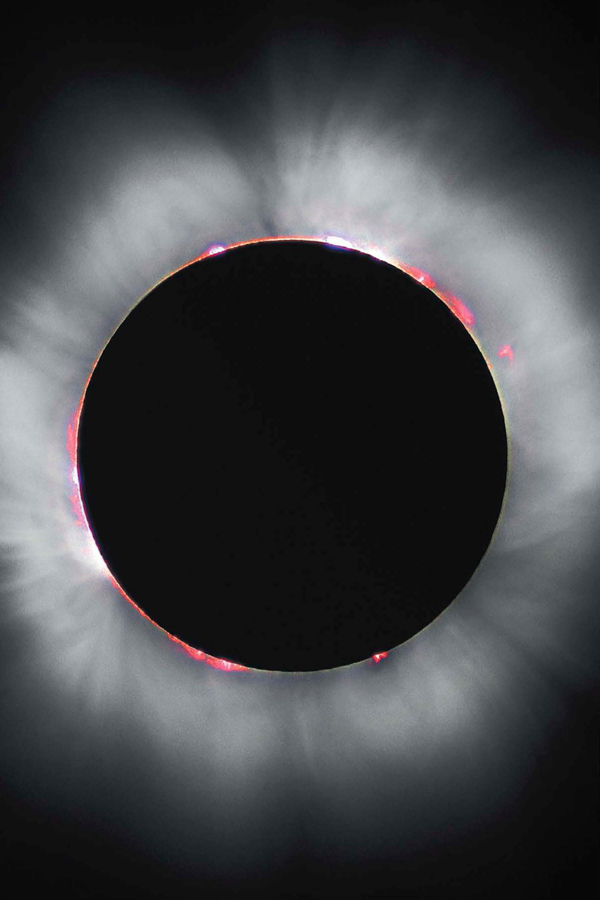
During a total solar eclipse, the ring of plasma surrounding the sun is visible to the naked eye.
Introduction: Cycles on Earth and in Space
C yclical patterns are common in the natural world. Day follows night, and the seasons repeat themselves again and again. Humans have always searched for patterns in the world, and some of the earliest known writings concern the cycles of the seasons, lunar phases, and eclipses. An understanding of the seasons was essential for humans to master agriculture and grow crops on a massive scale, and agriculture in turn allowed humans to come together in large cities and create civilizations. The lunar phases used to be an important tool for measuring time, and the past importance of these phases can still be seen in the organization of the modern-day calendar into months, which were first based on the phases of the moon. Eclipses were often seen as important omensand the image of the day suddenly turning to night while the sun is still in the sky can be found again and again in early texts and myths. Some civilizations even reportedly practiced human sacrifice to ward off eclipses. Humanitys early understandings of these space systems will be the topic of the first chapter of this book.
Despite the strides that early civilizations made in astronomy, it is only recently in human history that we have been able to explain exactly why celestial phenomena occur according to fixed cycles. While earlier civilizations were sometimes able to predict them, they could not provide scientific explanations for their occurrence. But we now know that the movement of the sun, moon, and Earth cause natural phenomena, such as eclipses, tides, the seasons, and lunar phases to occur in predictable cycles. And we also know that gravity is responsible for the movement of the sun, moon, and Earth. In this way, it is gravity that drives these observable phenomena.
In chapter 2, we will examine the precise causes of these cycles in depth. We will trace the development of humanitys understanding of these complex astronomical phenomena before turning to our modern understanding and different ways of visualizing these cycles. We will see that the seasons are caused by the tilt of Earths axis as well as its orbit around the sun, the lunar phases are caused by the sun illuminating different areas of the moons surface, solar eclipses are caused by the moon blocking the sun from sight and causing Earth to fall into darkness during the day, and lunar eclipses are caused by Earth blocking the suns light from falling on the mooncausing the moon to turn red or disappear in the night sky.
We will also look at other ways that the cyclic movements of the sun, moon, and Earth affect our everyday lives. The ebb and flow of the tides were an early mystery that was eventually linked to the orbit of the moon. The creation of a calendara seemingly simply inventionwas also fraught with missteps and errors. Even today, with the inclusion of leap years and leap seconds, the calendar is still slightly out of step with the movements of Earth around the sun.
In chapter 3, we will learn about the long line of thinkers who shaped our understanding of the solar system. Although they lived in very different times and places, they share some characteristics. They all used evidence to develop theories that explained natural phenomena. Often, their discoveries were at first discounted by the scientific community until experiments proved their theories beyond a doubt. And many of them were also subject to political forces that dramatically changed (and sometimes even ended) their lives. A defining characteristic they share is that they all radically altered the way people understood the heavens. Many of them rose from humble beginnings to great fame due to the scientific advances that they made, and their namesGalileo Galilei, Isaac Newton, Albert Einsteinare now famous around the world.

